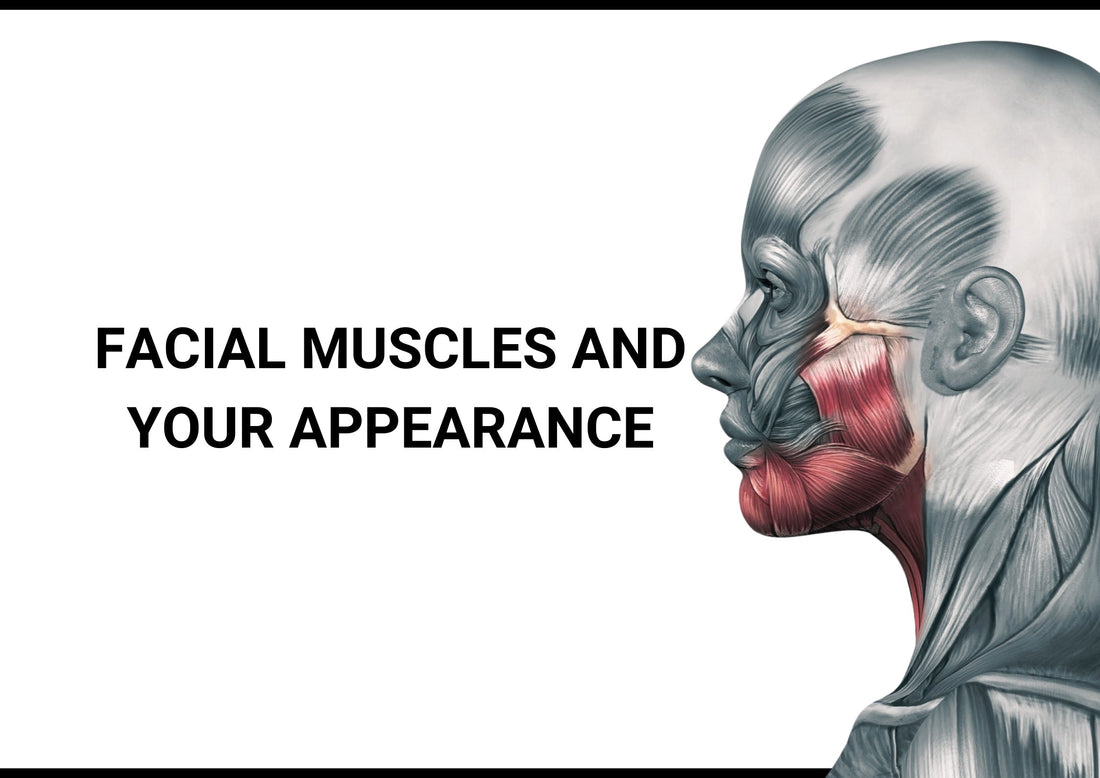When we think about working out, our minds usually jump to abs, arms, or maybe cardio—but what about the jaw? Yes, that strong, silent part of our face that not only helps us chew and speak but also shapes the way we look.
As we age, the muscles around our jaw and neck naturally lose tone, which can result in a sagging jawline or even discomfort during everyday activities like eating or talking. This is where jaw exercises come in a simple, often overlooked way to boost both appearance and function.
Let’s understand why jaw exercises matter, how they help, and how to get started safely.
What Are Jaw Exercises and Why Should You Do Them?
Jaw exercises involve specific movements that strengthen and tone the muscles in your jaw, neck, and lower face. While a more defined jawline might sound like a vanity goal, there’s a lot more going on under the surface.
Health Benefits of Jaw Exercises:
-
Relieves TMJ Pain
Temporomandibular joint (TMJ) disorders affect millions of people and can cause pain in the jaw, face, and neck. Gentle jaw movements and strengthening can reduce stress on the joint and improve range of motion. -
Boosts Circulation
Like any other form of movement, jaw exercises help increase blood flow to the face, which promotes tissue healing and can reduce muscle stiffness or tightness. -
Reduces Tension Headaches and Jaw Clenching
People who grind their teeth or clench their jaw (often due to stress) may benefit from exercises that relax the masseter muscle and related structures, easing tension and reducing headaches. -
Supports Facial Aesthetics
A well-toned jawline can enhance your facial structure, creating a more defined, youthful appearance.
Top Jaw Exercises to Try Today
Here are some easy-to-follow jawline exercises you can incorporate into your daily routine—no gym membership needed.
1. Jaw Exerciser Balls
These small silicone tools work like resistance bands for your jaw. You bite down on them to strengthen the masseter muscle, which is key for jaw definition.
How to Use:
- Place the ball between your teeth.
- Bite down slowly and firmly.
- Hold for a second, then release.
- Repeat 10–15 times per set, 2–3 sets per day.
Benefits:
- Builds jaw strength and endurance
- Portable and easy to use
- Helps in rehab after injury or surgery
Safety Tips:
- Start with a low-resistance ball and gradually progress.
- Make sure your jaw is properly aligned to avoid uneven pressure.
- If you have jaw pain or dental concerns, consult a professional first.
2. Neck Curl-Up
This targets the platysma and deep neck flexors.
Steps:
- Lie on your back, tongue on the roof of your mouth.
- Gently lift your chin toward your chest, lifting your head about 2–3 inches.
- Slowly return and repeat 10–12 times.
3. Vowel Pronunciation Exercise (“O” and “E”)
Great for working the lower facial muscles.
How to do it:
- Say an exaggerated “O” and then an “E.”
- Repeat 10–15 times slowly, feeling the tension under your cheekbones and jaw.
4. Collarbone Backup
This works the muscles of the neck and upper shoulders.
Steps:
- Sit upright.
- Without tilting your head, move it backward until you feel the neck muscles engage.
- Return and repeat.
5. Chin-Up Hold
Perfect for sculpting your jawline and chin area.
Steps:
- Close your mouth and push your jaw forward.
- Lift your lower lip as high as you can.
- Hold for 5–10 seconds, repeat 10 times.
Are Jaw Exercises Safe?
Yes, for most people. But just like any new exercise, form and moderation are key.
✅ Don’t overdo it—muscles need time to adapt.
✅ If you feel pain (not the good kind), stop and reassess.
✅ Always speak to a dentist or doctor if you have TMJ issues, recent dental work, or other jaw-related conditions.
Final Thoughts: Should You Start Jaw Exercises?
If you're looking for a natural way to enhance your facial definition, reduce tension, and support your jaw health, these exercises are a great start. They’re easy, cost-effective, and can be done anywhere—from your desk to your bed.
However, remember that no exercise is a miracle cure. Pair jaw workouts with a balanced diet, good hydration, posture awareness, and overall fitness for the best long-term results.
References;
- Chisnoiu, A. M., Picos, A. M., Popa, S., Chisnoiu, P. D., Lascu, L., Picos, A., & Chisnoiu, R. (2015). Factors involved in the etiology of temporomandibular disorders – a literature review. Clujul Medical, 88(4), 473–478. https://doi.org/10.15386/cjmed-485
- Srivastava, S., & Jyoti, B. (2021). Role of facial exercises in enhancing facial aesthetics and improving jawline: A clinical perspective. Journal of Clinical and Diagnostic Research, 15(6), ZE01-ZE04. https://doi.org/10.7860/JCDR/2021/48596.15004
- Almășan, O. C., & Crișan, A. (2018). Masseter muscle activity and TMJ functionality improvement by physiotherapy. Acta Medica Marisiensis, 64(3), 115–117. https://doi.org/10.2478/amma-2018-0017
- JawFlex. (n.d.). The Importance of Jaw Exercises. Retrieved from https://www.jawflex.com/blogs/news/the-importance-of-jaw-exercises
- WebMD. (n.d.). Best Exercises for a Defined Jawline. Retrieved from https://www.webmd.com/fitness-exercise/best-exercises-defined-jawline
- Healthline. (n.d.). Jawline Exercises: 5 Moves for Definition. Retrieved from https://www.healthline.com/health/fitness-exercise/jawline-exercises


